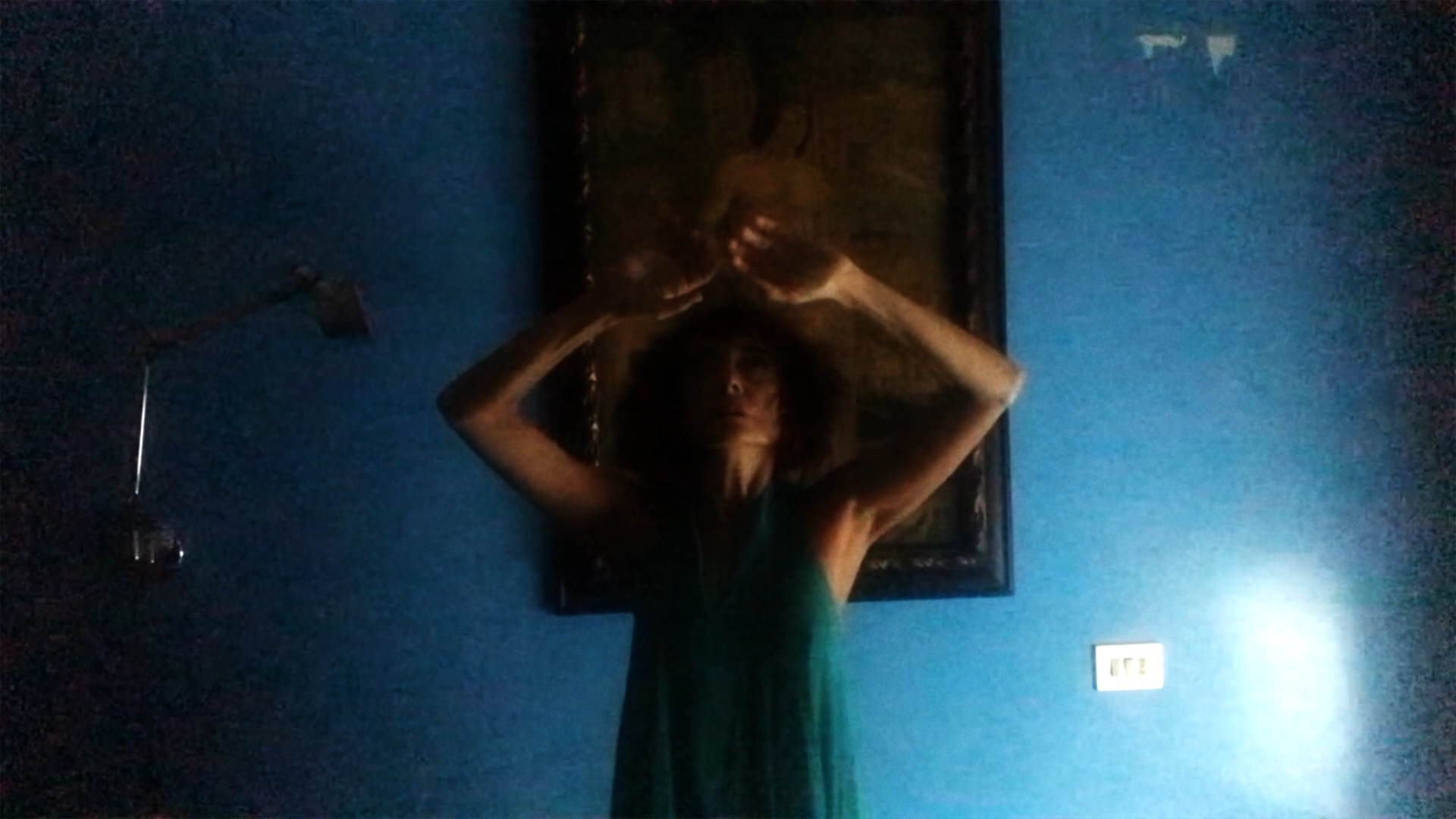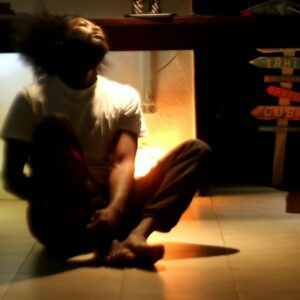Emanuela Tagliavia
Dance
Emanuela Tagliavia
Italy

Emanuela Tagliavia is a dancer and a choreographer. She trained in hometown Milan and eventually moved to France in order to improve her skills as a contemporary dancer. During her long career, she danced with company such as: Teatro Massimo Ballet Company in Palermo, Ballet du Louvre, Ballet des Temps Modernes, Europa Ballet, Cie Alain Marty, Cie Philippe Tressera, Compagnia Susanna Beltrami, Compagnia Ariella Vidach. She started her career as a choreographer with Der Dämon (1996, Piccolo Teatro Studio, Milano); she worked alongside photographer Roberto Masotti for Y:T:T:T:0:M: adLlB; she was commissioned 12 minuti all’alba, by famous composer Giorgio Gaslini (1998); she created Corto Circuito for Teatro dell’Opera di Roma (1999), À la Carte (Teatro Piccolo Regio in Turin, Festival Civitavecchia, Festival Cagliari), Waitingage for Danza da Bruciare in Rome, M’encanta, for Rapallo Festival. She choreographed Trio destino, staged at Teatro Bol’šoj in Moscow. Her collaboration with La Scala Ballet School gave her the chance to create performances such as Macbeth, La valse à mille temps inspired by Jacque Brel, Ceci n’est pas, Carmen, Variations for Five among many others.
She created the choreographies for Nabucco (2001, director Stefano Monti), Rigoletto (2002, director Vittorio Sgarbi), Aida (2003, Great Opera Seoul, director Stefano Monti). In 2008 she collaborated with Milan Science Museum for 506 and Luminare Minus (2008). Between 2009 and 2016 she created Oscillazioni, Balthus Variations, Hopper Variations, Pour en Herbier, Island, Encore une Valse and Combustioni, which was chosen to inaugurate the Teatro Continuo in Milano after its long restoration. She created dance movements for the play Qohelet, at Teatro Franco Parenti in Milan (2016). In 2017 she worked alongside Academy Award winner Gabriele Salvatore, working at the dance movements of La Gazza Ladra (The Thieving Magpie) conducted by Riccardo Chailly (Teatro alla Scala). She created Funambolia, staged at Teatro Gerolamo in Milan. The performance was also staged in Paestum and Turin. In 2018 she created Murmuration (Festival di danza Contemporanea Pulchra Minima – Teatro Gerolamo,) and Chansons de Bilitis, danced by Luciana Savignano (Chiostro del Conservatorio). In the same year she joined the creative team of the world famous director LilianaCavani for the staging of Alì Baba e the 40 thieves, conducted by Paolo Carignani (Teatro alla Scala). In january 2019 Aterballetto entrusted her with direction of a Dance Gala staged at Teatro Fabbri, Forlì.
In february 2019 she was back at Teatro Franco Parenti, for the dance movements of Qohelet. In march 2019, she was in Beirut with La Scala Academy Ballet School, whose students performed a programme which included her works, Variations for five and Quartett from Gli Uccelli at the famous Bustan Festival. In july 2019 Tagliavia created the choreography for the Dolce&Gabbana Alta Sartoria men collection event in Sciacca–Sicily. In September 2019 Tagliavia was in Abu Dhabi to create the choreography for the opening event of the 24th World Energy Congress. In january 2020 she created Shortcut, which gathered some of her most iconic dance works. Shortcut was presented at Fonderia theater, home of Aterballetto – Fondazione Nazionale della Danza. During the Lockdown (spring 2020) she created the choreography for Prisma, a video artwork, presented during Italian Soundtrack, un patrimonio di suoni Festival (Milan). She also collaborated with Movimento Danza Napoli for The Lulù Paradox, a solo dance featuring Emanuela Tagliavia herself. The solo is due to be performed on december 2020.
Since 1999, Tagliavia has been teaching contemporary dance at La Scala Academy Ballet School and from 2007 she is a contemporary dance teacher at Civica Scuola di Teatro Paolo Grassi in Milan.

<< By the time the second lockdown took effect, dancer and choreographer Stefania Ballone asked me to join the Human Signs project. As uncertainty and concern spread around the country and into my own soul, I chose the smallest room in my apartment as the set of my brief contribution to HS.
The room is painted in blue, and a Saint Sebastian portrait is hung on one of its wall.
I casually read Saint Sebastian is considered the patron saint of plague victims.
Isn’t it a plague what we are facing now? A modern plague (that spread across the world so fast), which confines us into our homes leaving us unarmed.
These are the feelings that led to my improvisation: a mantra as a prayer, a lament, a spiritual gesture, game of light and shade, veiled women mourning their children.
The tear quiets down at the end… acceptation of the present or hope for the future?
As we recover from this unexpected pain, we start to live with the present moment and feeling hopeful about the future.>>





